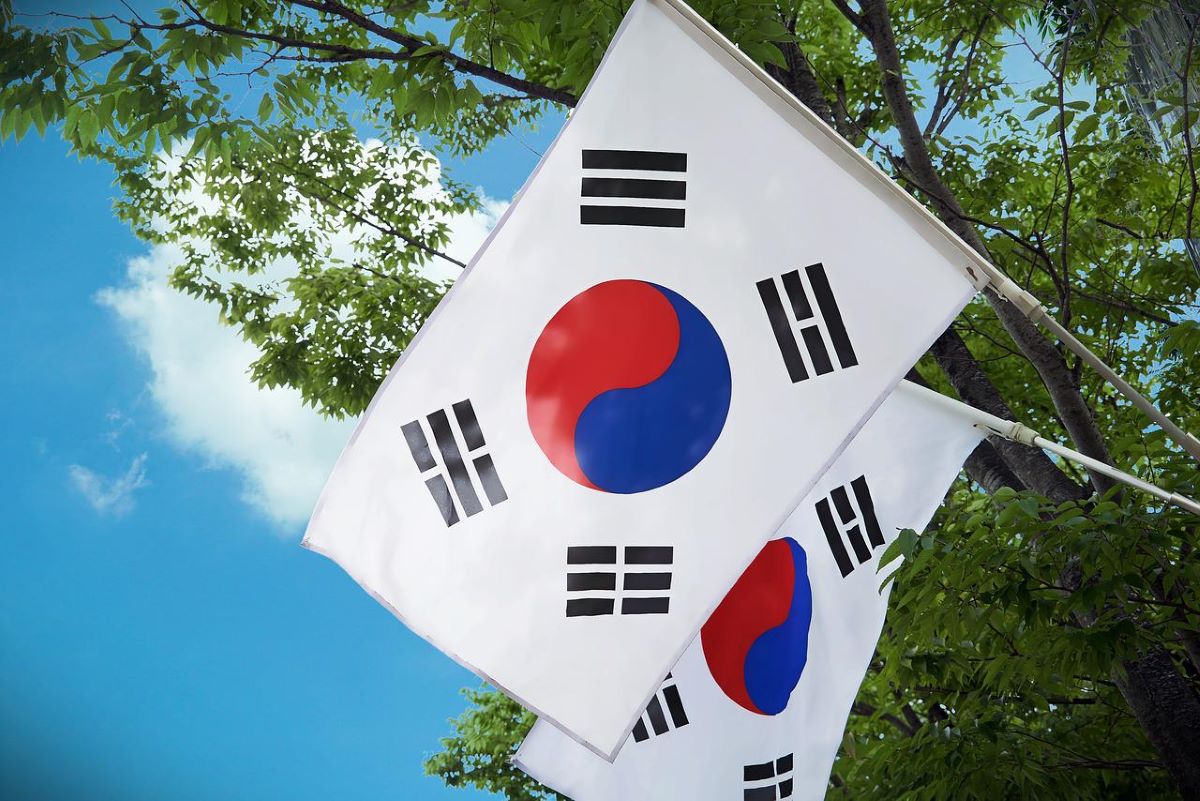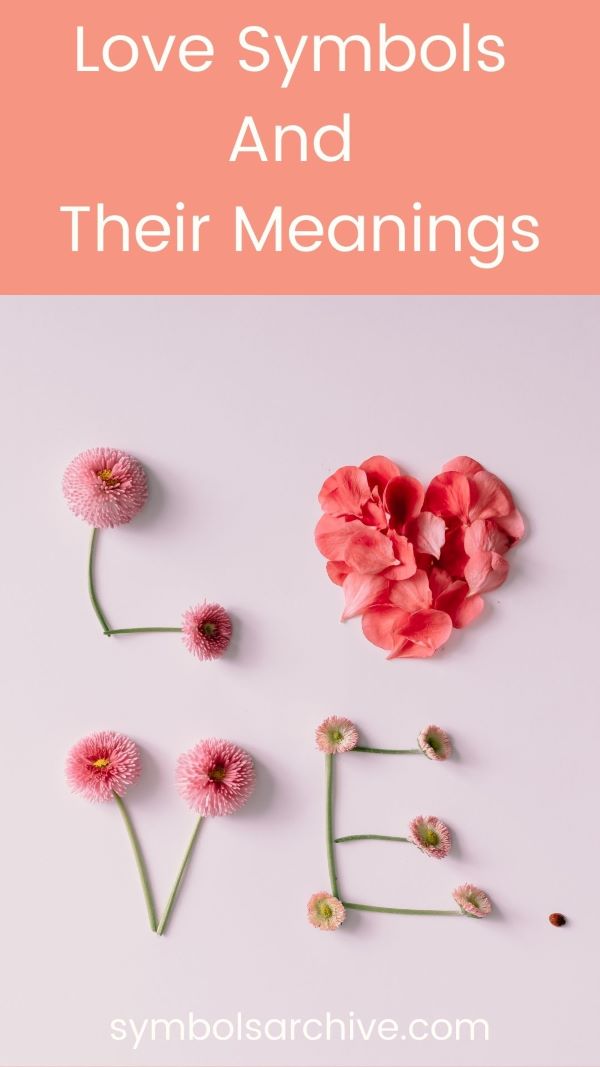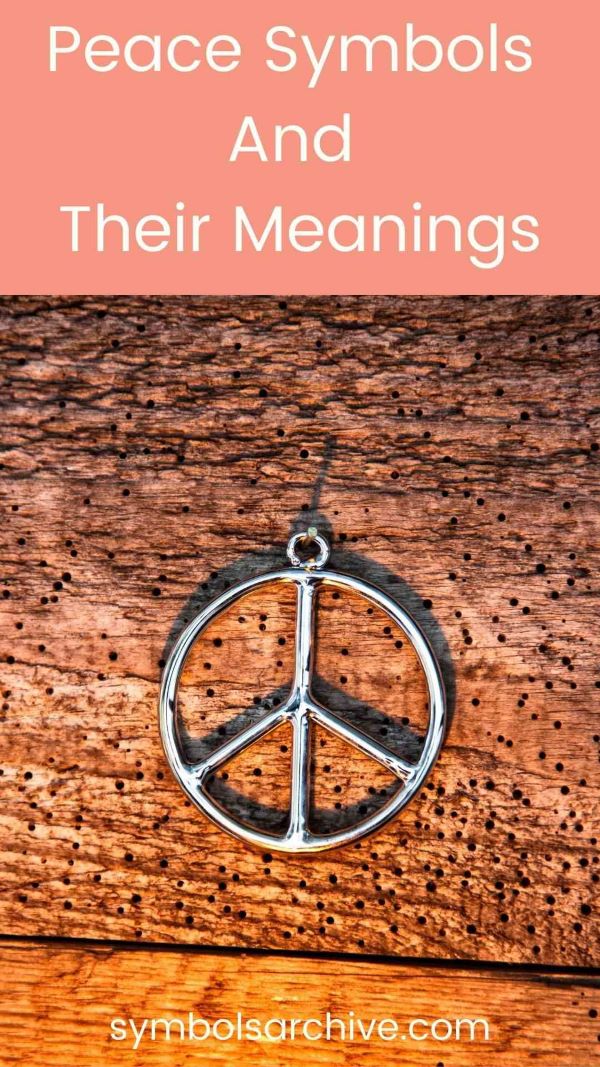10 Korean Symbols And Their Meanings
Are you looking for Korean symbols and their meanings?
Korea is a small peninsula in the Pacific Ocean between China and Japan. It was divided into two sovereign governments with opposing political ideologies following the Allied victory in World War II in 1945: the Republic of Korea to the south and the Democratic People’s Republic of Korea to the north.
Despite the region’s split caused by political upheaval, the two countries share the same culture and traditional values. Korea is separated by borders but linked by culture.
The vibrant cultural legacy of Korea can be found in its artworks, literature, music, clothing, and even symbols.
Their symbols represent the beliefs and characteristics that have made their culture remarkable. The Korean symbols listed below are classified as symbols of peace, love, strength and longevity.
10 Korean Symbols And Their Meanings

Korean Symbols For Peace
Taegeukgi

Taegeukgi is a national symbol and flag of the Republic of Korea, that represents its traditions and ideals. The symbol consists of a white background, a red and blue taegeuk circle in the center, and four black trigrams in each flag corner.
The white background represents brightness, purity, and peace. The taegeuk motif depicts the natural truth that all things are created and evolve through the interaction of yin and yang.
The four black trigrams represent the movement and harmony of these forces: the geon represents the sky, the gon the earth, gam as water, and the ri represents the fire.
They work together to create balance around the taegeuk mark. In short, the Taegeukgi flag represents the Korean people’s vision, which, like the universe, seeks continuous creation and enrichment. People desire to achieve unity while contributing to humanity’s happiness and peace by upholding the spirit and significance of the Taegeukgi.
Wild Goose
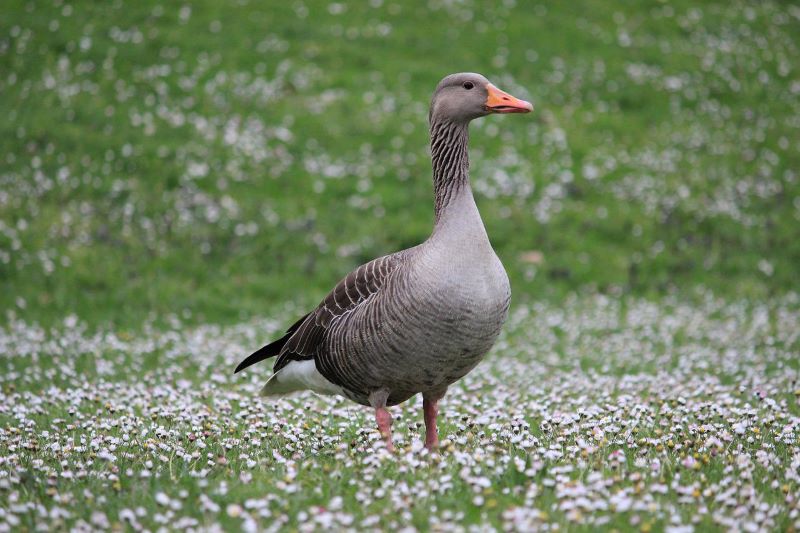
The goose’s animal symbolism has a variety of meanings. It is a symbol of peace and goodwill and is believed to have originated with the ancient Egyptians, who were said to offer geese to their gods. But nowadays, it has been used to represent good luck or protection in various cultures, such as Korea.
Wild geese are migratory birds. They were thought to bring good news because they were associated with seasonal change. Wild geese were used in traditional wedding ceremonies because they are very loyal to each other even after one mate dies.
Wild geese and reeds are sometimes seen in paintings to represent peace and comfort while flying wild geese meant good fortune.
The Color Blue

Blue is one of Korea’s five Obangsaek or traditional colors. Red, yellow, white, and black is among the other colors. Blue represents water and frost but it also symbolizes peace.
The Goryeo period’s super-rich Koreans flaunted their wealth by laying their roofs with expensive ceramic blue (more greenish-blue) tiles. The tiles represented the power and abundance associated with Korean palaces.
The Korean presidential palace is known as the ‘Blue House.’ That is why the traditional ceramic blue tiles are used by the wealthy. The significance of the color blue is also reflected in North Korea’s flag. The flag features a red stripe and star, which represent the country’s commitment to communism, and a blue stripe, which represents the country’s commitment to peace.
Korean Symbols for Love
Finger Heart

In recent years, the Asian community, particularly the Korean community, has made hearts out of their fingers. It is a more convenient and adorable alternative to large hand hearts used to express one’s love to loved ones.
It is made by crisscrossing the thumb and index finger to form a small heart. Korean idols have played a significant role in popularizing the finger heart, which has become one of Korea’s most significant cultural practices.
Furthermore, because Korean culture is so well-known throughout the world, the finger heart has found a place in people all over the world. The hand gesture appears to be used by everyone, from Korean artists and public figures to Hollywood celebrities.
Butterfly
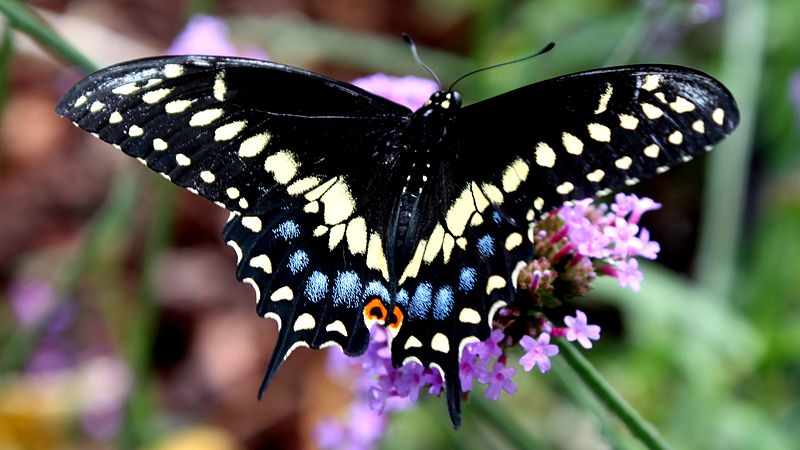
In many cultural traditions, it is believed that the soul of a deceased loved one can be found in the form of a butterfly.
However, in Korean culture, the butterfly is considered to be a symbol of both power and love. Additionally, it can signify good news or years filled with happiness and prosperity.
They also represent the harmony that should exist between a husband and wife as well as the rest of the family. People saw butterflies as a representation of unrestrained love and joy. At the same time, many people think that it is symbolic of threatening situations, anger, and betrayal.
According to a common superstition in Korea, if a person touches their eye after seeing a red butterfly, they will be blind.
Korean Symbols for Strength
Tiger

Tigers are not only considered as the national animal of Korea, but they are also widely portrayed as imposing symbols of superiority and creatures of good fortune that drive away evil spirits. They are symbolic of perseverance, strength, and enlightenment.
But there are two distinct points of view existed among people when it came to tigers; some viewed them as brave, dignified, cruel, and greedy. However, tigers were also revered as a symbol of good luck and protection from disease or unlucky circumstances.
There are representations of tigers found throughout Korean culture, particularly in paintings, folklore, sculptures, articles of clothing, and even pieces of jewelry.
Dragon

Dragons are known as yong or ryong in Korean mythology and folklore. According to Korean mythology, dragons are the result of a phoenix and a crane mating ritual. As a result, the dragon evolved into a creature with mythical power and intelligence.
Dragons protect against evil spirits and bring good fortune. They can be found on paintings on the walls of homes, historic buildings, statues, and other objects. They represent good fortune and spiritual clarity, and they are the protectors of the Buddha and the temples in Buddhism.
Korean dragons are omnipotent beings who represent a wealth of positive symbolism, including wisdom, serenity, and justice. Aspects of dragons can be found on all social levels in Korea. For example, kings would use dragons to represent their power and strength while also proving their ability to be fair and just rulers.
Korean Symbols For Longevity / Long Life
Bats

Even though many people are afraid of bats, Koreans regard them as a symbol of good fortune. They became symbols of good fortune because the Chinese ideogram for “bat” is pronounced the same as the Korean ideogram for “good fortune.”
Bats are now used for embroidery on fabrics, such as pillows, and even in Korean palaces. Bats represent longevity because they were thought to live up to 1,000 years. Obok, which means five (5) blessings, is a design of five bats that represents the five fortunes: longevity, wealth, health, love of virtue, and natural death.
Turtles

In Korea, turtles represent long life and happiness. Due to the fact that they live significantly longer than the majority of animals, it is believed that they possess the ability to foresee the future.
Three thousand years ago, people believed that turtles could predict the future because their shells often helped them see what was coming. As a result, turtles can be found all over Buddhist temples and monuments.
Pine Tree
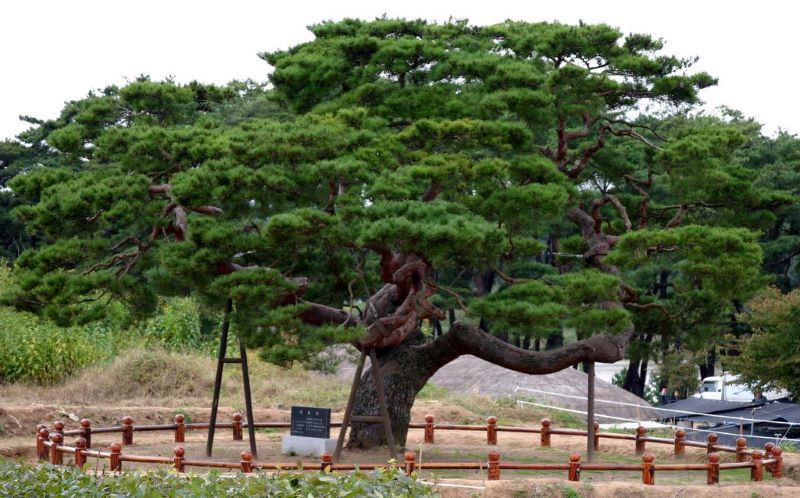
In East Asia, including Korea, the pine tree is regarded as one of the most prevalent and widespread symbols of longevity due to the fact its capability to survive the harsh conditions of winter. It is also a symbol of resiliency, endurance, and strength amidst uncertainty.
According to a Daoist text written in the fourth century, if one consumes the resin of a pine tree that is one thousand years old, they will be able to “live as long as the sun and the moon.”
